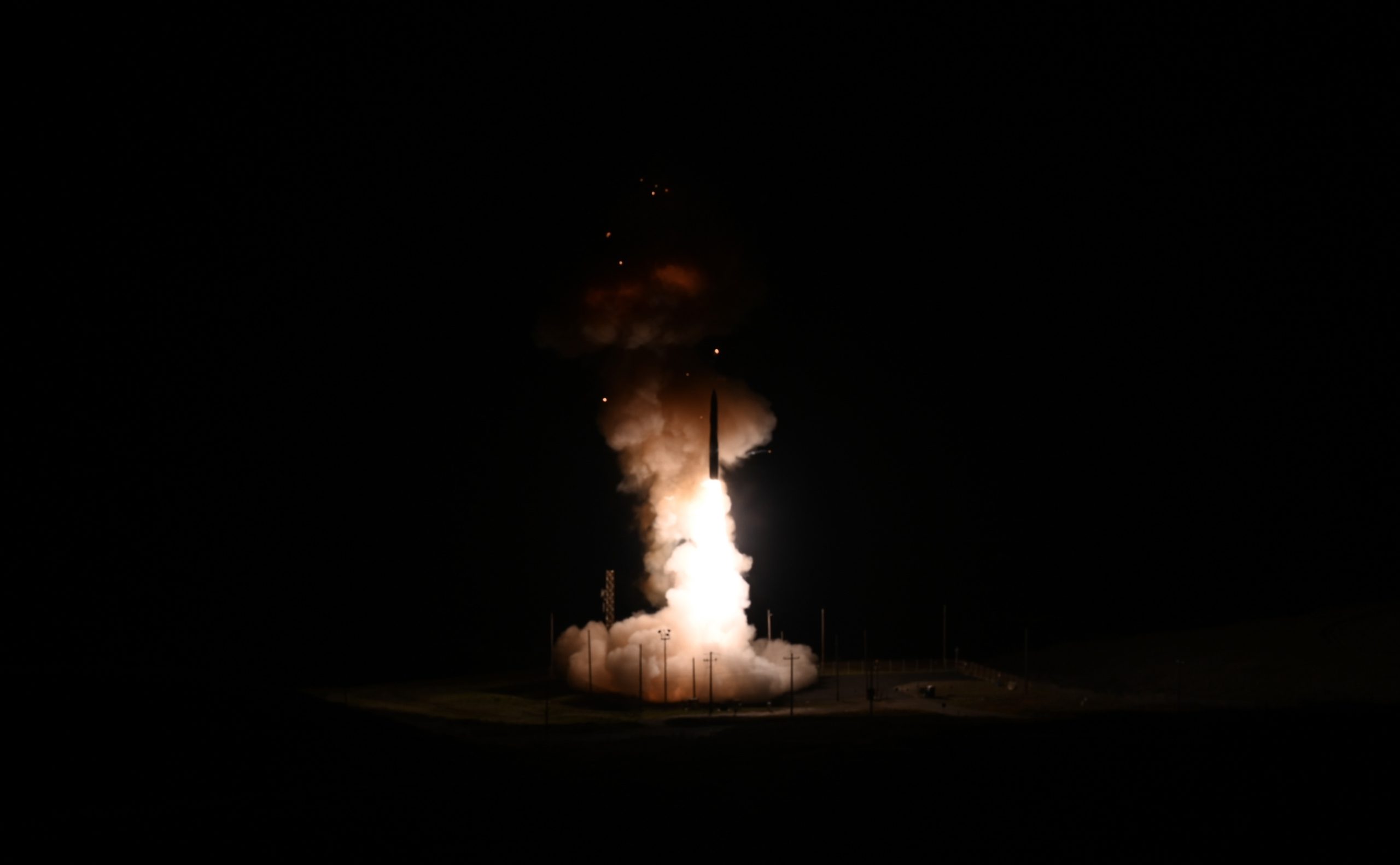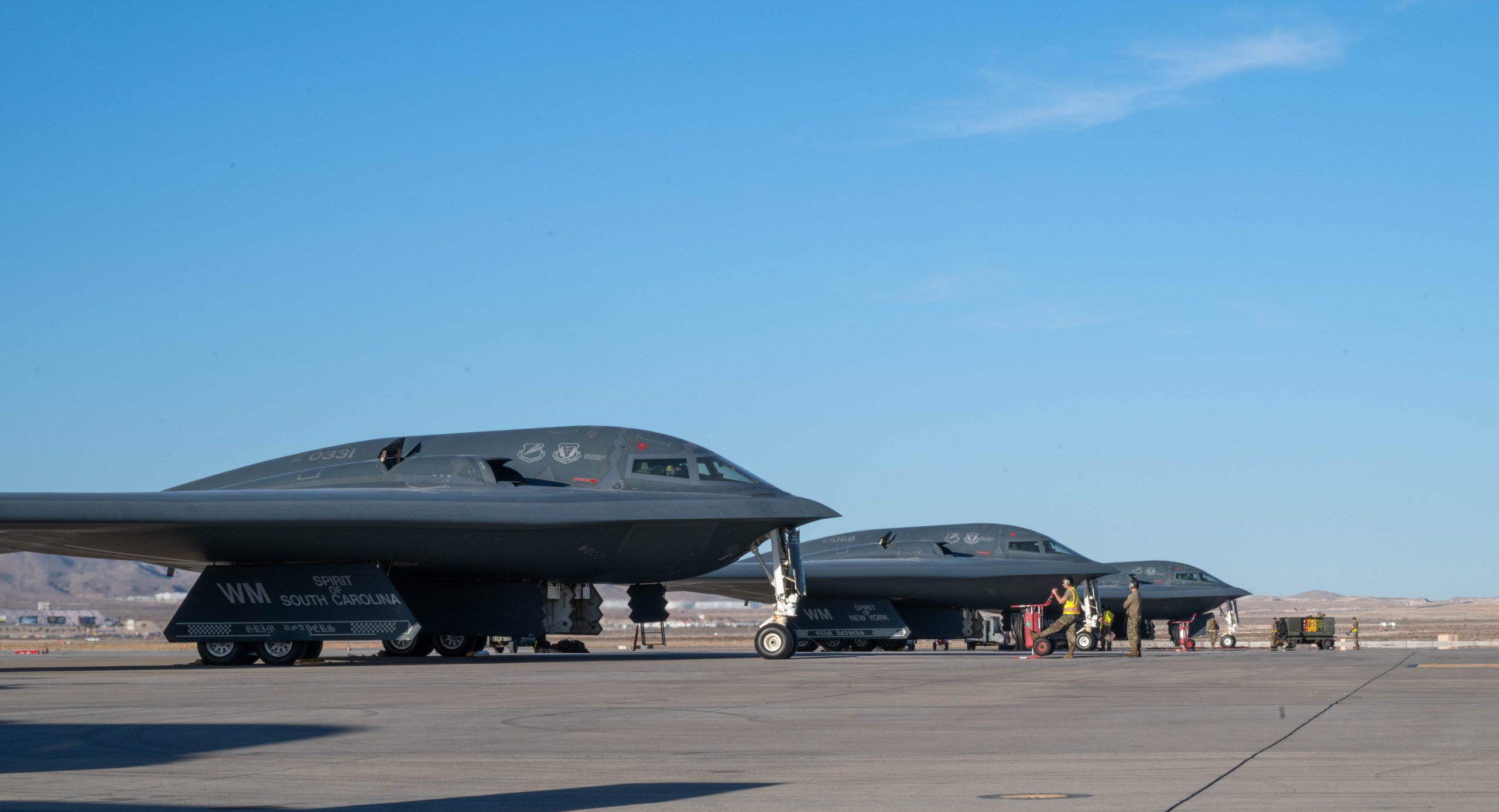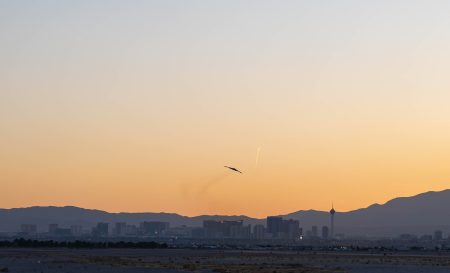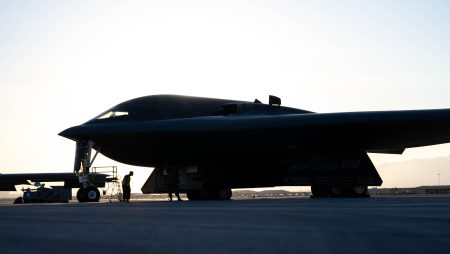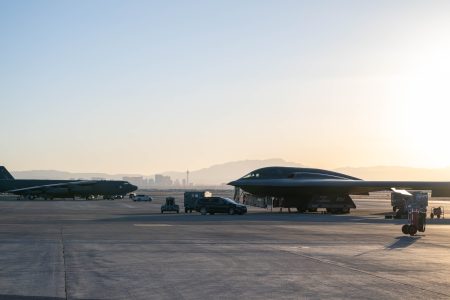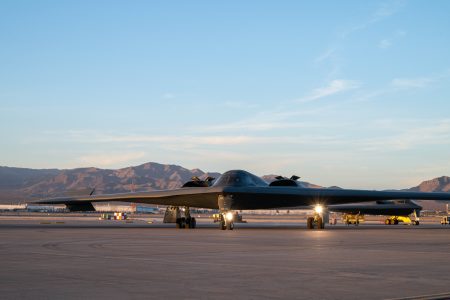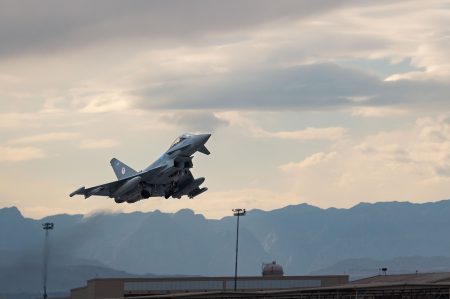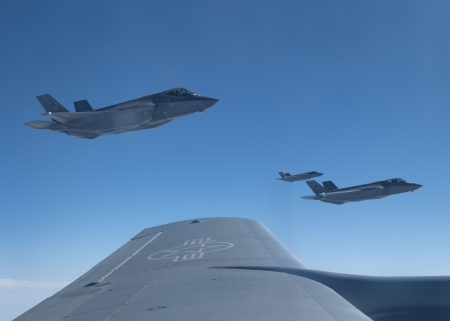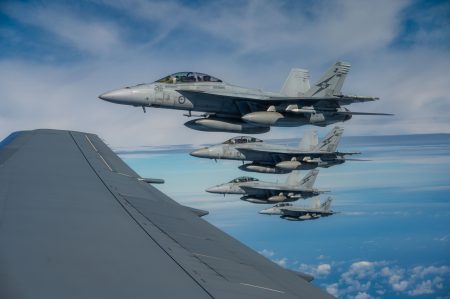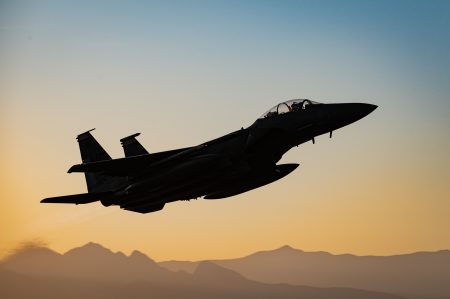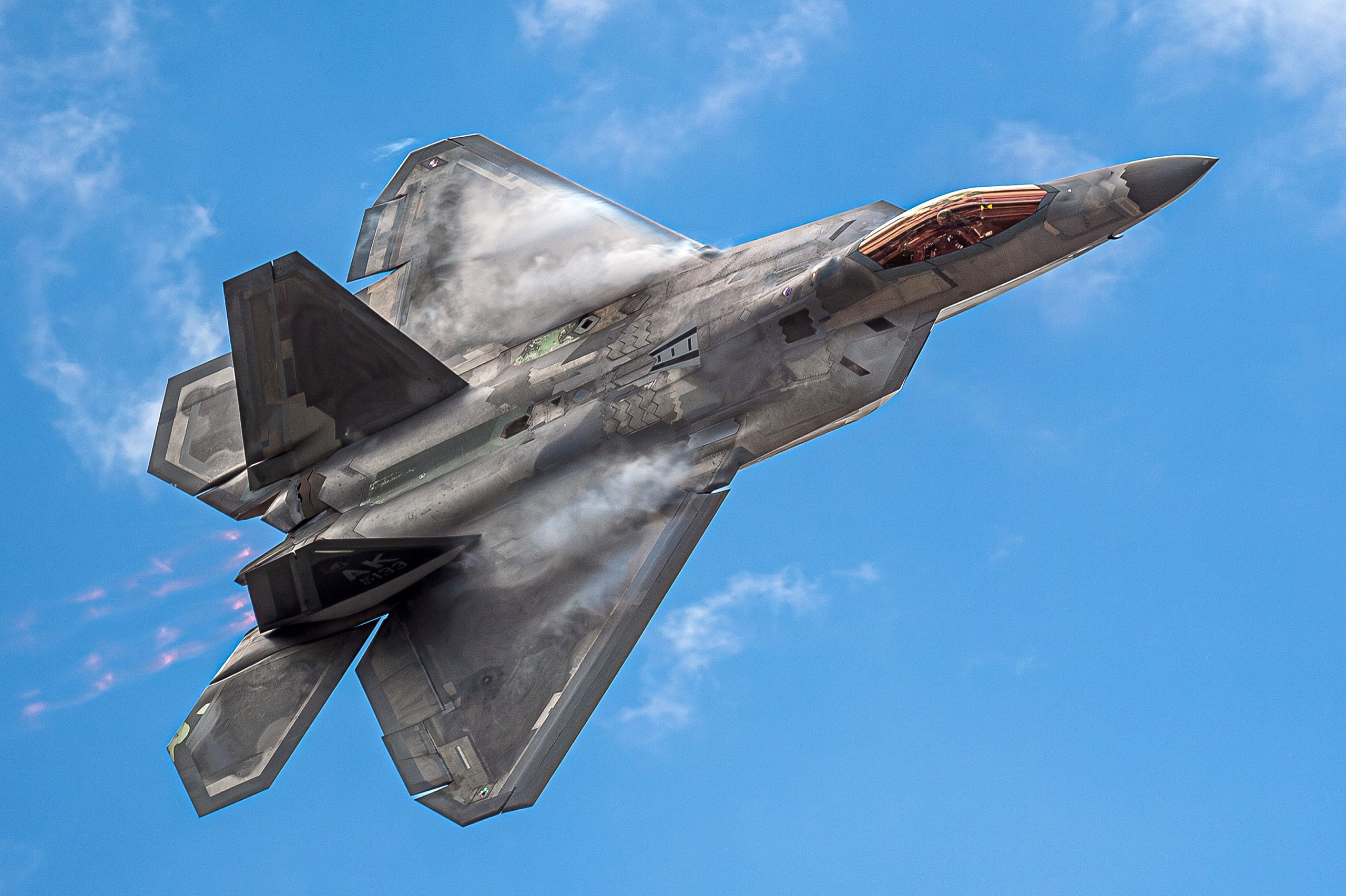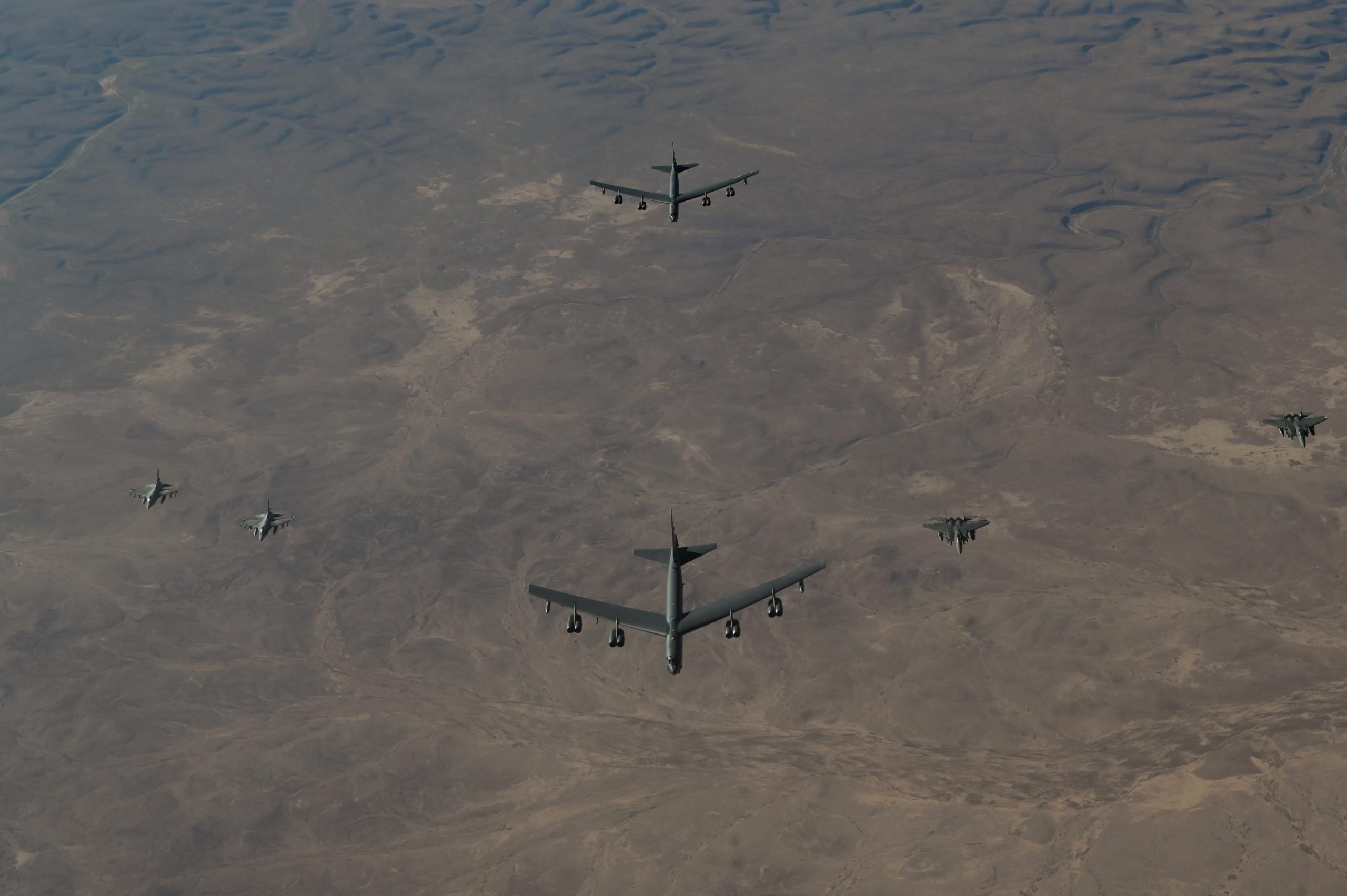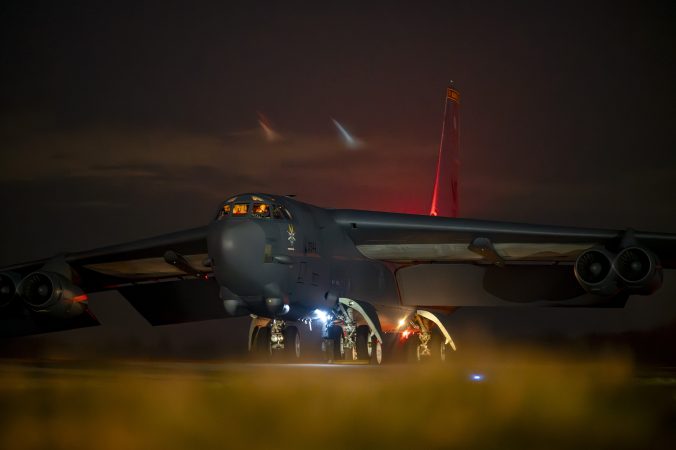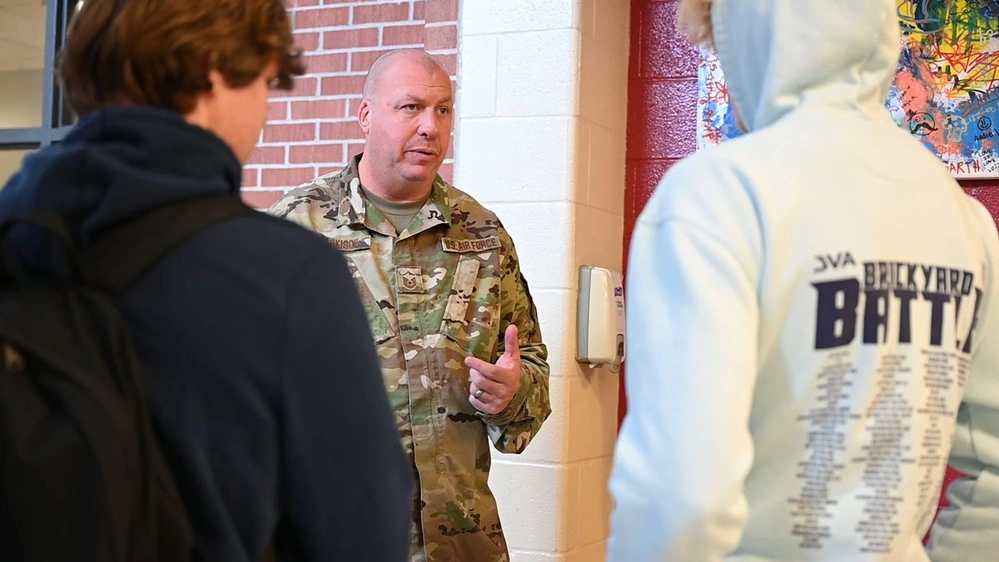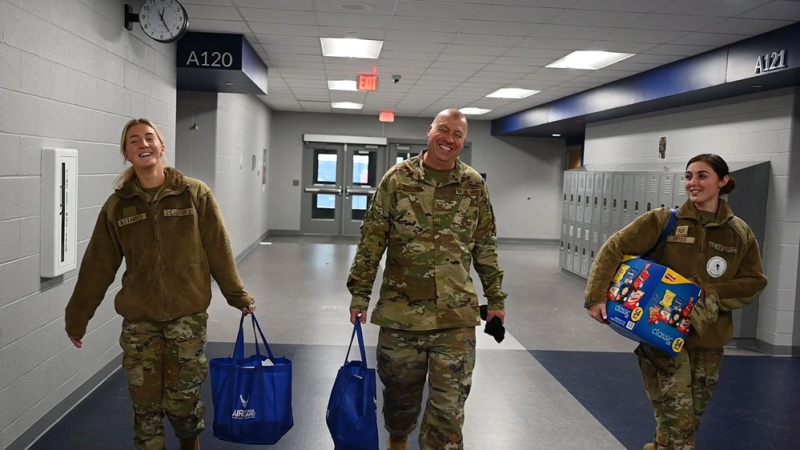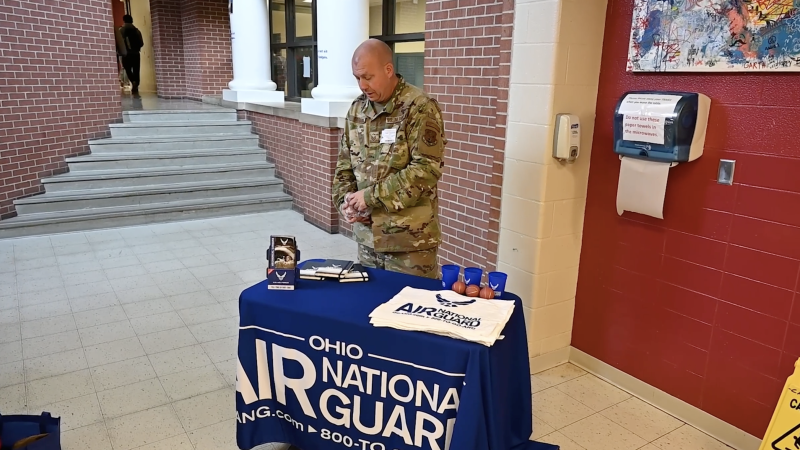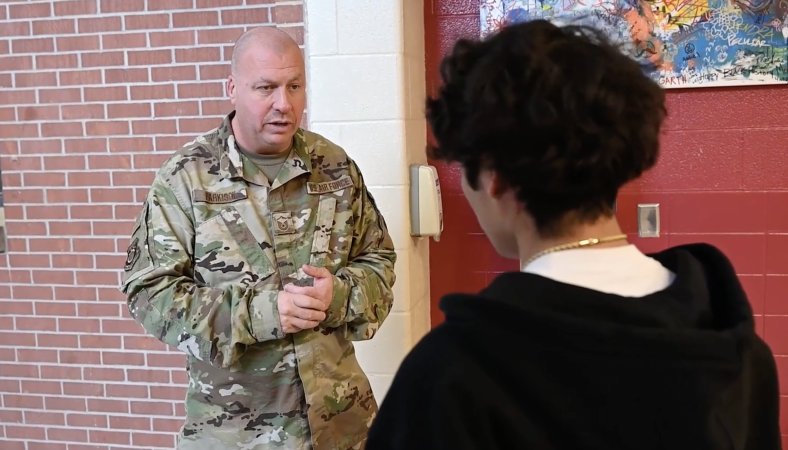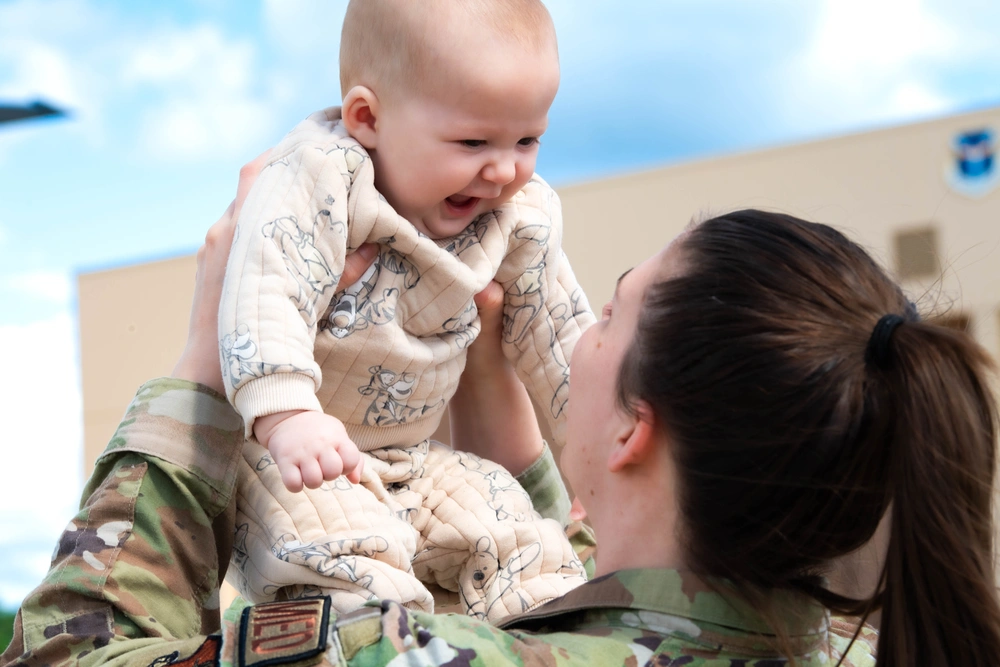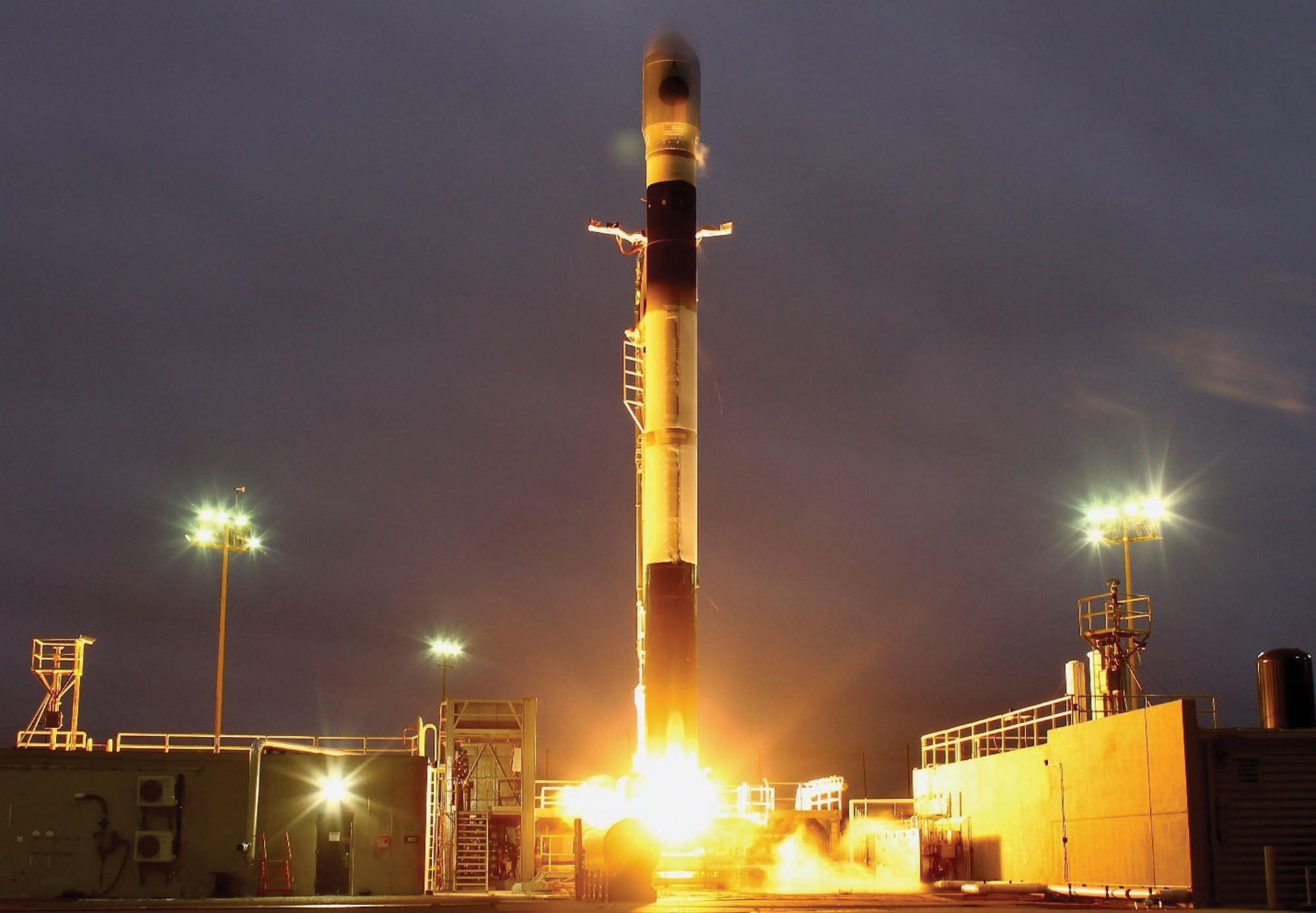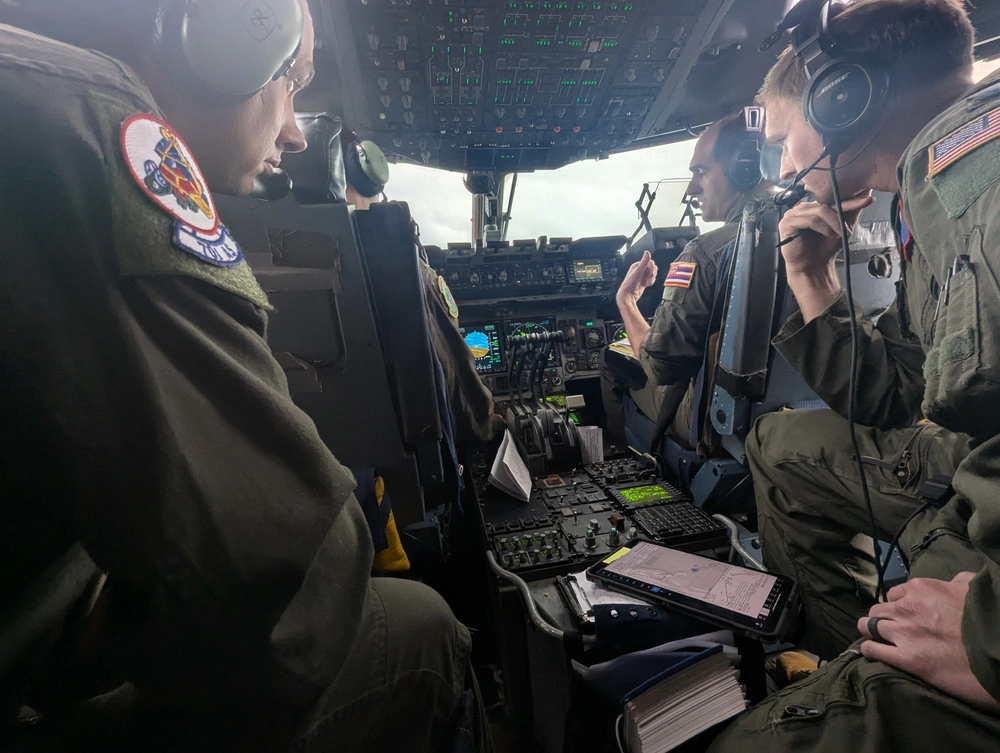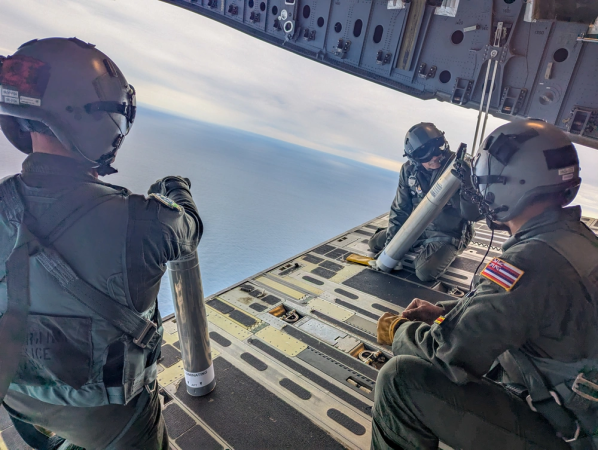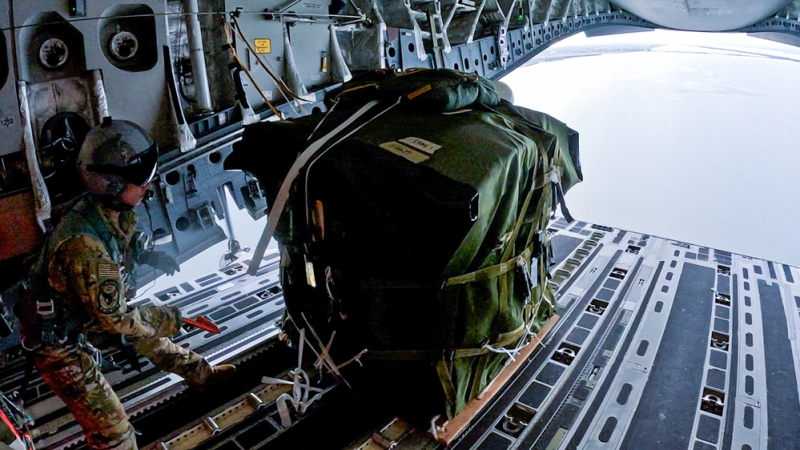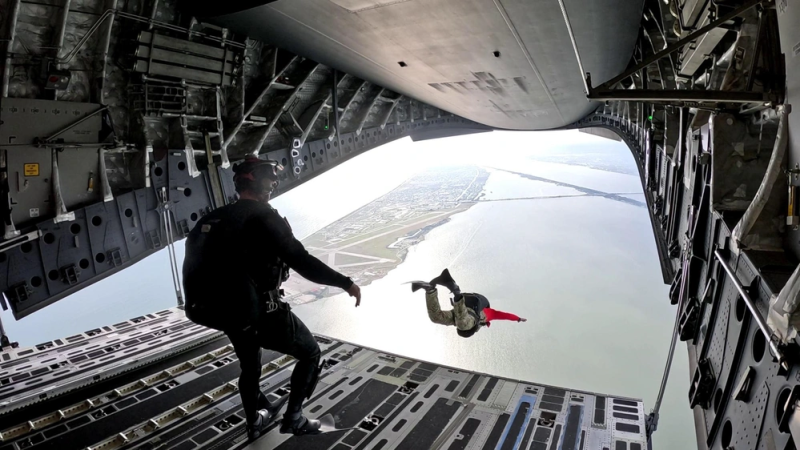About a month after the Defense Department issued a sweeping analysis of military compensation, a new report offers recommendations for making base pay, allowances, special pays, and performance incentives more efficient.
Written by a researcher from the federally funded RAND Corporation, the report focused on how the Army can meet its personnel readiness goals at lower costs, but many of its recommendations apply to the entire military, since most elements of compensation are set by Congress and the Office of the Secretary of Defense.
Military personnel costs, including health care, totaled $226 billion in fiscal 2023, about 30 percent of the overall defense budget. According to the Congressional Budget Office, it is set to be the Pentagon’s second biggest account in 2025.
The RAND report predates recent efforts by President Donald Trump to improve government efficiency, and several of its recommendations are similar to those made by the recent 14th Quadrennial Review of Military Compensation (QRMC). In fact, the report author, RAND senior principal economist Beth Asch, and her colleagues provided much of the analysis on which the QRMC is based. But some recommendations diverge, particularly regarding how the military sets troops’ base pay.
Pay and Pay Raises
The QRMC found that military compensation is “strongly competitive” with the civilian labor market. On average, enlisted troops make more money than 82 percent of their civilian counterparts with similar education and experience, while officers make more than 75 percent.
Asch questioned in her report whether military compensation is too competitive. Military pay substantially exceeds the Defense Department’s historical benchmark of the 70th percentile of civilian pay, while recruiting, retention, and recruit quality in terms of education levels and aptitude has also exceeded Pentagon targets, RAND wrote.
“Pay is an emotional issue: this is how people feed their families,” Asch told Air & Space Forces Magazine. “My role in this, and I acknowledge it’s a limited role, is to ask the question: ‘do we have a compensation system that supports the readiness requirements of the military at least cost, and do we have an efficient system?’
“If we’re meeting those key personnel readiness objectives and even exceeding them,” she added, “it’s a fair question: is it possible we’re paying too much?”

The report cautioned that recent shifts in the labor market and high inflation mean it’s unclear if military compensation continues to be too high, especially after multiple branches missed their recruiting goals in recent years. But recruiting problems alone are not often solved by higher pay, Asch said.
“When you have only a recruiting problem, there are more effective, targeted policy tools such as advertising, more recruiters, bonuses, and a more effective recruiting infrastructure,” she said.
Part of the problem with pay is the metric for civilian pay that the Pentagon uses to guide its annual pay raises. Since at least the 1990s, it has used the Employment Cost Index (ECI), which comes from a vast Bureau of Labor Statistics survey of how much businesses and civilian government entities spend on compensation.
One issue with the ECI is that it encompasses the entire U.S. civilian workforce, while the military workforce skews young, male, and with different education levels than the broader market. Another issue is that it is based on employer costs rather than worker earnings, which means it can be inaccurate during economic downturns and expansions, RAND researchers wrote.
Asch proposed a different metric: the Defense Employment Cost Index (DECI), which she argued better reflects military demographics, considers the labor market from the employee perspective, and can be customized to subgroups such as occupational specialties.
“Such flexibility not only makes the DECI valuable in setting the annual pay raise but also could allow it to contribute to other aspects of military compensation, such as the differential use of enlistment or reenlistment bonuses,” Asch wrote.
The QRMC similarly praised the metric but did not include implementing it in its list of recommendations. Instead, the compensation review panel advised computing the ECI closer to the annual pay raise to reduce the lag between the two events and use DECI as a supplemental or more tailored guide.
Either way, troop pay likely won’t be reduced any time soon. The 14th QRMC recommended keeping enlisted troops in the 75th to 80th percentile of the workforce, and officers around the 75th percentile. Congress is also dedicated to raising troop pay, with a 4.5 percent across-the-board bump for all service members that started Jan. 1—plus an extra 10 percent on top of that for junior enlisted pay grades up to E-4, starting April 1.
Performance Incentives
Asch also analyzed how the Defense Department incentivizes high performance, where part of the difficulty is measuring that performance.
“It’s not like counting the number of T-shirts that seamstresses at a sewing factory produced in one day,” she explained. “They’re producing something that’s difficult to measure, in a team setting, in a difficult environment.”
Promotion speed is the standard, if imperfect, gauge for measuring performance. But while junior ranks promote automatically after a certain amount of time in service, the competition for promotion gets tougher in the higher ranks, especially in recent years as the Air Force restructured the enlisted force.
Basic pay depends on grade (rank) and years of service, which means higher performers who promote early eventually lose their financial edge as the competition for promotion gets tougher and their peers catch up to their current rank. Asch suggested in her report switching to a time-in-grade model which “confers a permanent financial reward to faster promotion and increases performance incentives.”
RAND simulations showed the time-in-grade metric led to higher performance and retention at a lower cost. But switching would lead to an average pay cut of about six percent for about a third of the Active-Duty force and exacerbate pay differences between troops stuck at different grades for reasons other than performance. Asch suggested creating a demonstration project in a specific community such as the Space Force to better understand the pros and cons of such a system.
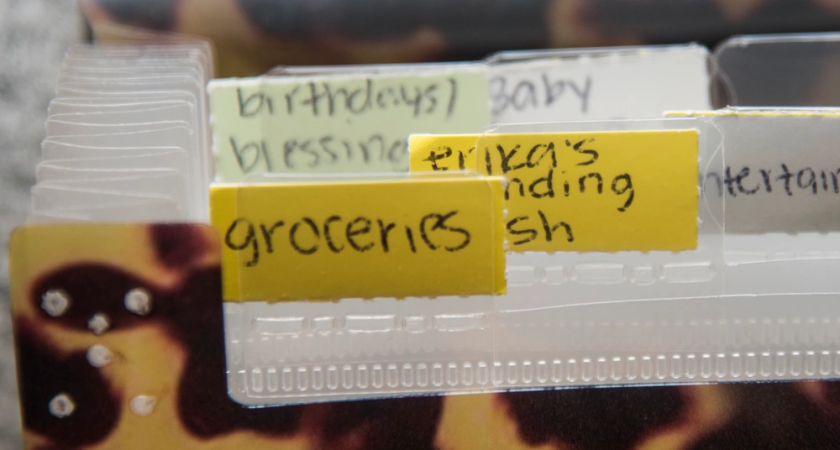
Allowances
RAND, the 14th QRMC, and outside experts agree that the military’s methods for calculating allowances for food, housing, and other cost of living expenses need an upgrade. The basic structures for allowances are largely the same as they were in the 1990s, RAND wrote, and they have not kept up with recent inflation and high housing costs.
Specifically, the U.S. Department of Agriculture food plan that the Basic Allowance for Subsistence is based on was last updated in 2007 and does not meet Defense Department nutrition standards. The fiscal 2022 defense budget started a Basic Needs Allowance to address high rates of reported food insecurity among service members, but it’s not clear if increased income alone will fix the problem.
For example, Asch asked in her report, why do enlisted troops report higher rates of food insecurity than comparable civilians, despite earning more money than 75 percent of them?
A 2023 RAND report found several acute factors that contribute to food insecurity, include loss of spouse income and other financial disruptions after moving to a new assignment; lack of affordable child care; and low pay for junior troops with large families. Other factors include lack of financial literacy and financial mismanagement; chronic spouse unemployment or underemployment; and financially supporting extended family members who are not considered dependents.
The Defense Department needs to better understand those root factors by creating better surveys that refine its measurements of food insecurity, Asch argued.
“It’s a hard problem, and what would be unfortunate is if they raise pay and there’s still food insecurity,” Asch said. “Ultimately what you want to do is really drill down and fully understand what is going on. Then it might be a myriad of solutions, not just one switch like increasing pay.”
Big Picture
RAND’s report also suggested the efficiency of pays and benefits might be improved by giving troops a “cafeteria plan” that lets them choose between cash and in-kind benefits. The report also called for a review of the Blended Retirement System. Eight years after being implemented, there still is no thorough analysis of whether it improved on the legacy retirement system.
Gauging the efficiency of the entire military personnel compensation system requires a big picture view, Asch noted. Today, several of those costs, such as family housing, medical care, schools, commissaries, and other in-kind benefits exist outside the military personnel budget account, which limits policy makers’ ability to get that big picture.
The RAND report called for incorporating all military personnel costs into the military personnel budget. The goal is to figure out the best way to compensate members to increase readiness, Asch said, and policymakers can’t chart that without a clear view of all the tools available.
“I suspect that there is stovepiping, that the people who are making decisions about those in-kind benefits are not necessarily coordinating with the people making those personnel and pay decisions,” Asch said, echoing the concerns of other experts. “The budget reflects the organization, and I don’t know whether those people are talking to one another.”

